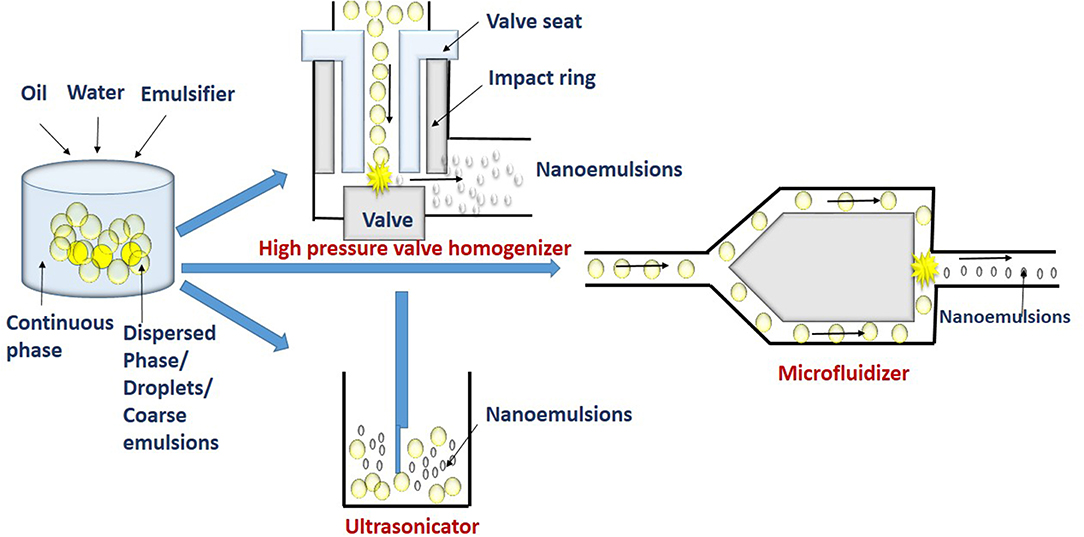Nanoemulsification technology is quietly revolutionizing a wide range of industries, from pharmaceuticals to food and beverages, cosmetics, and even agriculture. This cutting-edge technology has gained attention for its ability to improve the delivery and absorption of various substances, making products more effective, efficient, and accessible. In this article, we’ll explore the world of nanoemulsification technology, its applications, and the potential it holds for transforming various sectors.
Nanoemulsification Technology: The Basics
Before diving into its applications, let’s understand the fundamentals of nanoemulsification technology. At its core, nanoemulsification is a process that reduces substances into tiny, nanometer-sized droplets, typically ranging from 20 to 200 nanometers in diameter. These minuscule droplets exhibit unique properties, making them highly desirable for a multitude of applications.
Pharmaceutical Advancements
One of the most promising applications of nanoemulsification technology is in the pharmaceutical industry. Traditional drug delivery methods often face challenges related to low solubility, poor bioavailability, and slow onset of action. Nanoemulsions, with their enhanced solubility and bioavailability, have the potential to revolutionize drug delivery systems.
By encapsulating drugs in nanoemulsions, pharmaceutical companies can create formulations that offer faster and more efficient absorption in the body. This not only improves the efficacy of medications but also reduces the required dosage, minimizing side effects and improving patient compliance.
Enhanced Nutrient Absorption
The food and beverage industry is another beneficiary of nanoemulsification technology. Nutrients, vitamins, and antioxidants that were once difficult to incorporate into products due to poor solubility can now be seamlessly integrated. This means that consumers can enjoy functional foods and beverages that deliver enhanced health benefits.
For instance, nanoemulsified CBD oil has gained popularity for its superior bioavailability. Consumers can experience the effects of CBD more rapidly and with greater intensity, making it a preferred choice for those seeking relief from various ailments.
Cosmetic Innovations
Cosmetics and skincare products are also tapping into the potential of nanoemulsification. By reducing active ingredients into nano-sized particles, cosmetics companies can create formulations that penetrate the skin more effectively. This results in enhanced moisturization, reduced wrinkles, and improved overall skin health.
Additionally, sunscreens containing nanoemulsified zinc oxide or titanium dioxide offer better UV protection without the thick, white residue associated with traditional sunscreens. This has led to a new generation of lightweight, transparent sunscreens that are more comfortable to wear.
Agricultural Advancements
In agriculture, nanoemulsions are being explored as a means to improve the efficiency of pesticide and fertilizer applications. These tiny droplets can encapsulate active ingredients, protecting them from environmental degradation and ensuring precise delivery to plants. This can lead to reduced chemical usage, lower environmental impact, and improved crop yields.
Challenges and Considerations
While nanoemulsification technology presents numerous advantages, it’s not without challenges. Safety concerns, regulatory requirements, and potential environmental impacts must all be carefully considered. Researchers and industry experts are actively addressing these issues to ensure the responsible and sustainable use of this technology.
The Future of Nanoemulsification Technology
As nanoemulsification technology continues to evolve, its applications will likely expand further into various industries. From personalized medicine to eco-friendly agricultural practices and innovative cosmetics, the possibilities are vast. In conclusion, nanoemulsification technology is reshaping industries by enhancing the delivery, absorption, and effectiveness of various substances. Its potential to improve pharmaceuticals, nutrition, cosmetics, and agriculture makes it a game-changer in today’s fast-paced world of innovation. As research and development in this field progress, we can expect to see even more groundbreaking applications emerge, transforming the way we live and interact with the world around us.





